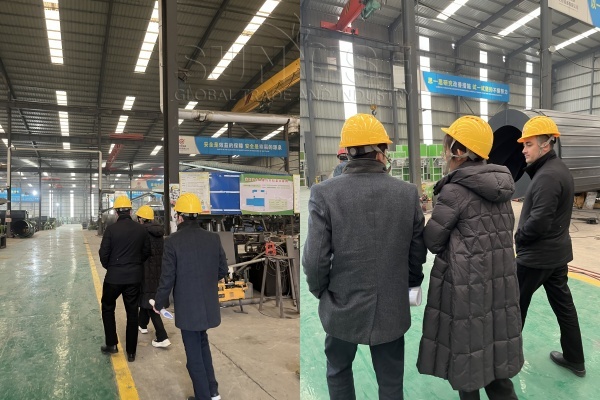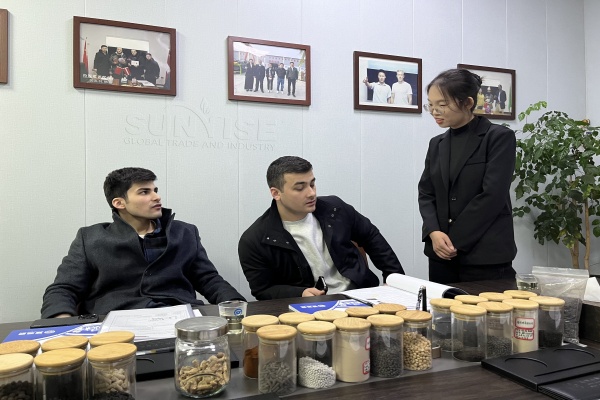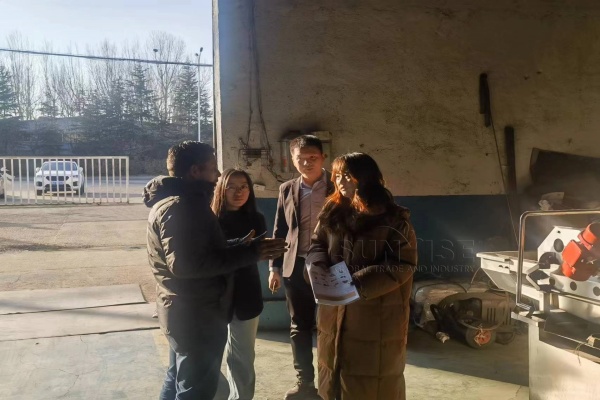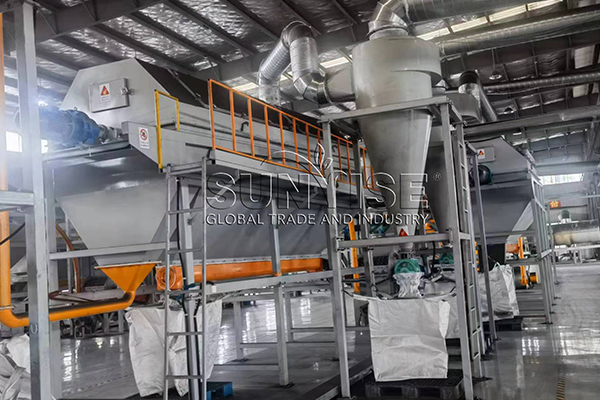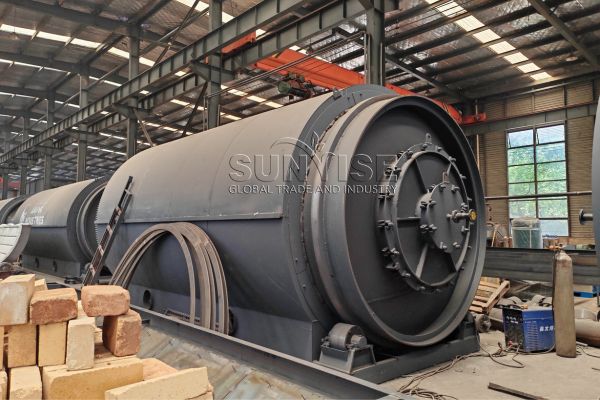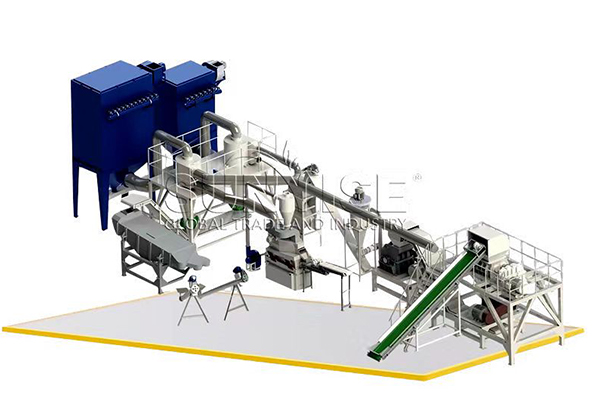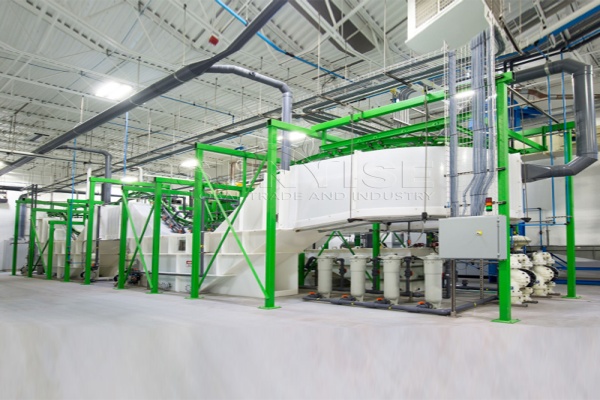Peru is the world’s second largest copper producer and has rich mineral resources. Although its lithium deposits are not as abundant as those in the “Lithium Triangle” countries such as Bolivia, Chile and Argentina, there are still some lithium deposits in the southern border province of Puno. This offers a certain resource base to the lithium battery recycling industry, and we can combine the valuable metals in the recycled lithium batteries with the development of local mineral resources to achieve a coordinated development of the industrial chain.


With the advancement of the global automotive electrification transformation, the demand for lithium batteries continues to increase, which also indirectly promotes the demand for lithium battery recycling. As a country with mining resources, Peru has great potential for lithium battery recycling. The Peruvian government has expressed its desire to produce lithium batteries domestically and has begun to take action to promote the development of the industry. This provides policy support and investment opportunities for the lithium battery recycling industry, and Peru will surely further increase the demand for lithium battery recycling to meet the supply of raw materials.
So, how to start a lithium battery recycling business in Peru? On April 12, 2024, a customer from Peru inquired us about this project. So we provided a 500kg/h lithium battery recycling production line solution. Below are the details of our discussion with this customer.
What machines are there in 500 kg/h Lithium Battery Recycling production line?
The Peruvian customer wanted to know how we design the machines for him. He said that he hoped that the processing capacity of the production line was 500kg/h. So we designed a production line that best suited his needs for him.
The 500 kg/h lithium battery recycling production line has a rich composition of equipment. It includes a feeding device for conveying waste lithium batteries to the production line; a coarse crushing machine for coarse crushing of waste lithium batteries with electricity; a primary separation device for the initial screening of black powder from waste lithium batteries; a secondary magnetic separator for removing waste materials such as shells and magnetic materials; a hammer crusher for fine crushing of materials; a tertiary separation device for screening black powder and separating magnetic materials again; a grinder for grinding and crushing battery waste; and a quaternary separation device for separating black powder, aluminum and copper.
In addition, there are conveyor belts, e-waste shredder, gravity separators, diaphragm separators, cyclone dust collectors, auger conveyors, secondary crushers, airflow separators, pulse purifiers and other equipment.
What is the metal recovery rate of 500 kg/h Lithium Battery Recycling production line?
If the sorting accuracy of the line is low, the recycled metal will contain impurities, affecting its purity. Therefore, the Peruvian customer asked a professional question about the metal recovery rate of the production line.
This is a good question. SUNRISE’s lithium battery recycling production line can achieve a metal recovery rate of more than 99.8% for nickel, cobalt, and lithium. After fine sorting, purification and other process treatments, there’s coming the issue of metal purity. Our equipment can achieve a metal purity of more than 95% for the recovered cobalt and nickel, and a purity of 95% – 99% for lithium. Aluminum, copper and organic electrolytes can also be recovered from waste lithium-ion secondary batteries, all of which are of high value.
What’s the lifespan of 500 kg/h Lithium Battery Recycling production line?
After in-depth discussions, the Peruvian customer thinks that the 500 kg/h lithium battery recycling production line is a reliable solution. Then he wants to know how long does this production line last.
Actually this production line has been certified by many customers, with high efficiency, long and stable service life. There is no problem in using the production line for 15-20 years, and there are relatively few wearing parts.

How to ensure the safety of the entire production line?
After solving the technical questions of the Peruvian customer, we began to discuss the most basic and most important question: Is the safety of the entire line guaranteed?

SUNRISE’s lithium battery recycling production line is equipped with a device to prevent battery short circuit from causing fire, which can be selected according to customer needs.
For example, we adopt the inert gas protection method and introduce nitrogen, argon and other inert gases during the crushing process to create an oxygen-free environment so as to prevent the internal short circuit of the battery from causing fire or explosion. Customers can also choose equipment made of fireproof and explosion-proof materials. We have specially designed the interior of the equipment to ensure that it can effectively prevent the fire from spreading in the event of an abnormal situation.
For the safety of operators, in addition to the above-mentioned fire and explosion prevention measures, we will equip the equipment with safety interlock devices, emergency stop buttons, etc. Thus, we can stop the equipment in time when in danger to protect the safety of operators. In addition, after delivery and installation, SUNRISE will provide professional training for production line operators to familiarize them with the operating procedures and safety precautions of the equipment, strictly abide by the operating procedures, and ensure the safety of personnel during the operation of the equipment.
In short, the 500 kg/h lithium battery recycling line we designed for our Peruvian customer has a clear process flow and rich equipment composition. Multiple equipment work together to achieve efficient extraction of metals from waste lithium batteries through a series of process steps such as crushing, sorting, pyrolysis, and grinding.
Does this Peruvian case study give you some inspiration in lithium battery recycling? In addition, if you also need any other e-waste recycling machine (solar panel recycling and circuit board recycling), or tire pyrolysis machine, please contact us.
Contact Us
